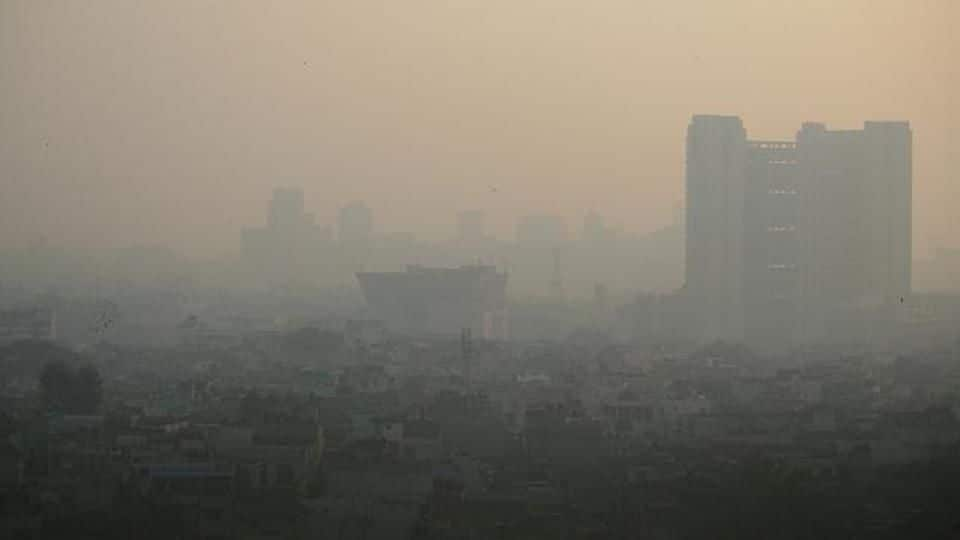
Indoor air pollution killed 1.24 lakh Indians prematurely
What's the story
A report published in a renowned medical journal, Lancet, has shown that indoor air pollution was responsible for 1.24 lakh premature deaths per one million people in India in 2015. The number of deaths from indoor air pollution far outweighed deaths from emissions from coal power plants and other industrial units. The report comes with disturbing news from the UN about global CO2 concentrations.
Details
Details of the Lancet study
The Lancet report sought to capture the global effects of climate change and temperature-related illness and death. In India, pollutant particles called PM2.5 caused 524,680 premature deaths, of which the biggest contributor was "household air pollution" which led to the demise of 124,207 people per million. Emissions from coal power plants and transport caused 80,368 and 88,019 premature deaths per million respectively.
Do you know?
How does China compare to India?
In Lancet's report, China topped the list in pollution-induced premature deaths with 966,793 premature deaths in 2015. However, unlike India, China's major source of pollution-induced deaths was industry.
Labor productivity
Labor productivity on the decline as climate change intensifies
Experts say that household air pollution in India, especially in rural areas, is lethal due to poor ventilation and use of cooking fuels like wood and cow dung. According to the study, labor productivity in areas affected by temperature change had decreased by 5.3%. Compared to the 1986-2008 average, labor productivity declined by 2.85% on an average between 2000-2016 in India (8.25% in 2015).
Global CO2
Sustained CO2 increases have resulted in catastrophic CO2 concentrations
Meanwhile, the UN gave disconcerting news regarding global CO2 levels. The UN World Meteorological Organization said that CO2 in the Earth's atmosphere grew at a record rate in 2016, and hit levels which hadn't been seen for in millions of years. 2016 CO2 growth rate was 50% faster than the previous decade's average, and global CO2 emissions now stand at 145% of pre-industrial levels.
Implications
The implications of growing CO2 concentrations
According to UN estimates, CO2 concentration in 2016 hit 403 parts per million (ppm), up from 400 ppm in 2015. These lie far outside the range of the estimated 180-280 ppm which existed during recent cycles of ice ages and warmer periods. The implication is that it can lead to 20m rise in sea levels and add 3 degrees Celsius to global temperatures.